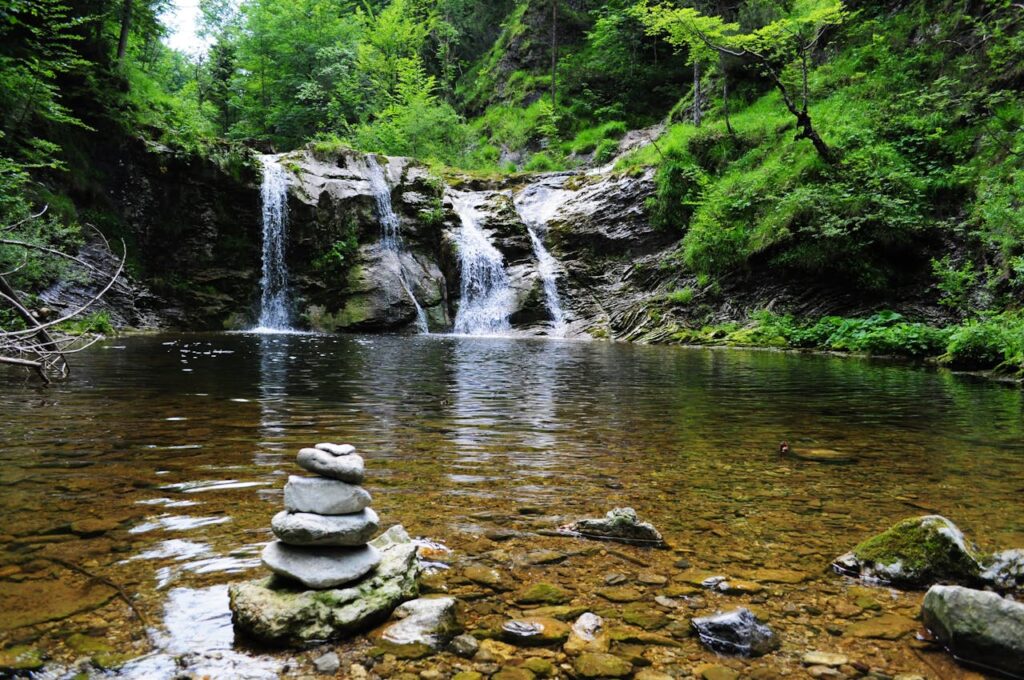Nature photography is a genre that celebrates the splendor, diversity, and serenity of the natural world through visual storytelling. This article explores the techniques, equipment, artistic considerations, ethical practices, practical tips, and cultural impact of nature photography for audiences in the United States.
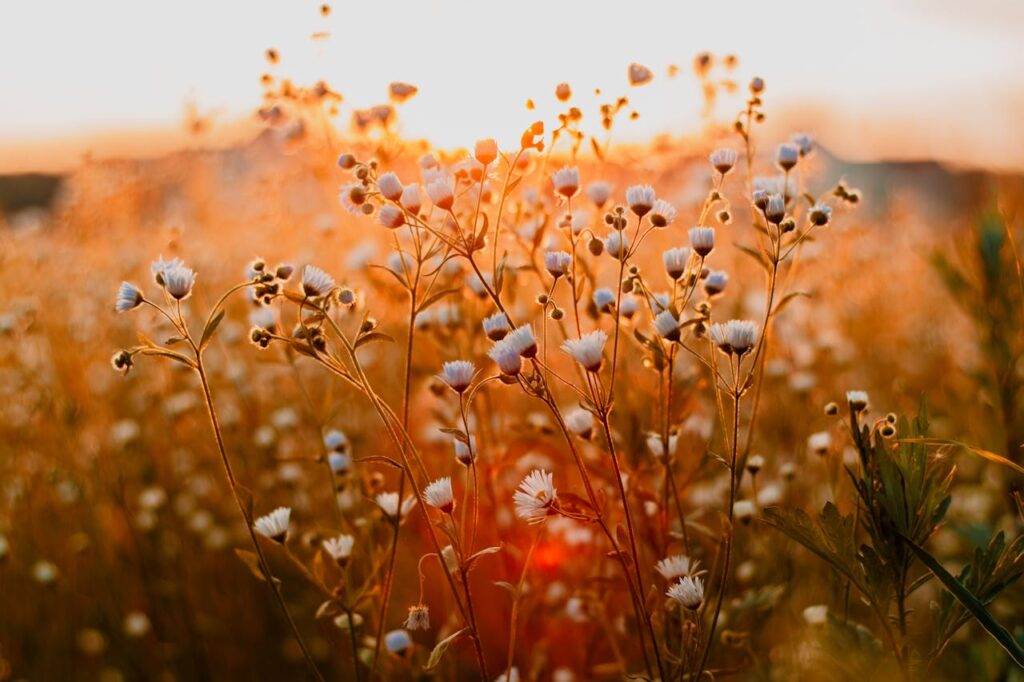
Introduction to Nature Photography
Nature photography focuses on capturing landscapes, wildlife, plants, and natural phenomena in their pristine environments. It aims to evoke a sense of wonder, appreciation, and environmental consciousness among viewers. From majestic mountain ranges to delicate ecosystems, nature photographers aim to convey the beauty and fragility of our planet’s natural heritage.

Techniques and Equipment
Camera Gear: Essential equipment for nature photography includes digital or film cameras with interchangeable lenses, tripods for stability, and a range of lenses (e.g., wide-angle, telephoto, macro) to capture different perspectives and details. High-resolution sensors and weather-sealed bodies are beneficial for outdoor conditions.
Composition: Composition principles such as the rule of thirds, leading lines, symmetry, and framing help photographers create balanced and visually appealing images. The choice of foreground elements, background details, and focal points guides the viewer’s gaze through the photograph.
Lighting: Natural light plays a crucial role in nature photography. Golden hour (early morning and late afternoon) and blue hour (before sunrise and after sunset) provide soft, warm light that enhances colors and textures. Understanding exposure settings and using techniques like bracketing ensure optimal exposure in varying light conditions.
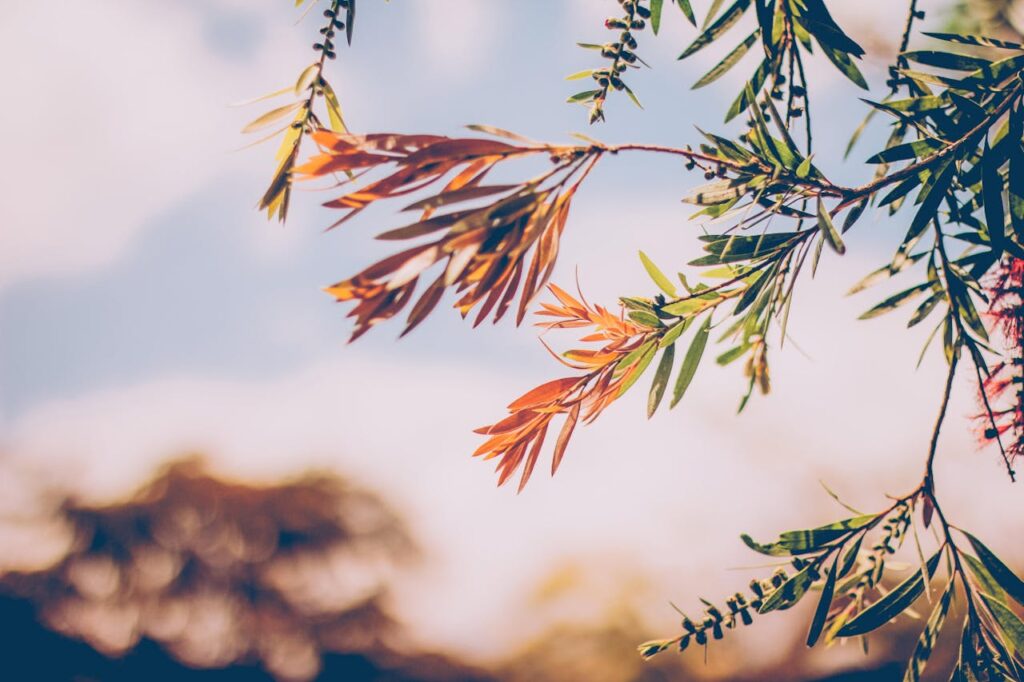
Artistic Considerations
Capturing Mood and Atmosphere: Nature photographers aim to convey the mood and atmosphere of a scene through lighting, composition, and color. Weather conditions, seasonal changes, and natural phenomena (e.g., fog, rainbows, auroras) contribute to the narrative and emotional impact of the photograph.
Patience and Observation: Successful nature photography often requires patience and keen observation. Understanding animal behavior, seasonal patterns, and environmental changes allows photographers to anticipate unique moments and capture authentic interactions in the wild.
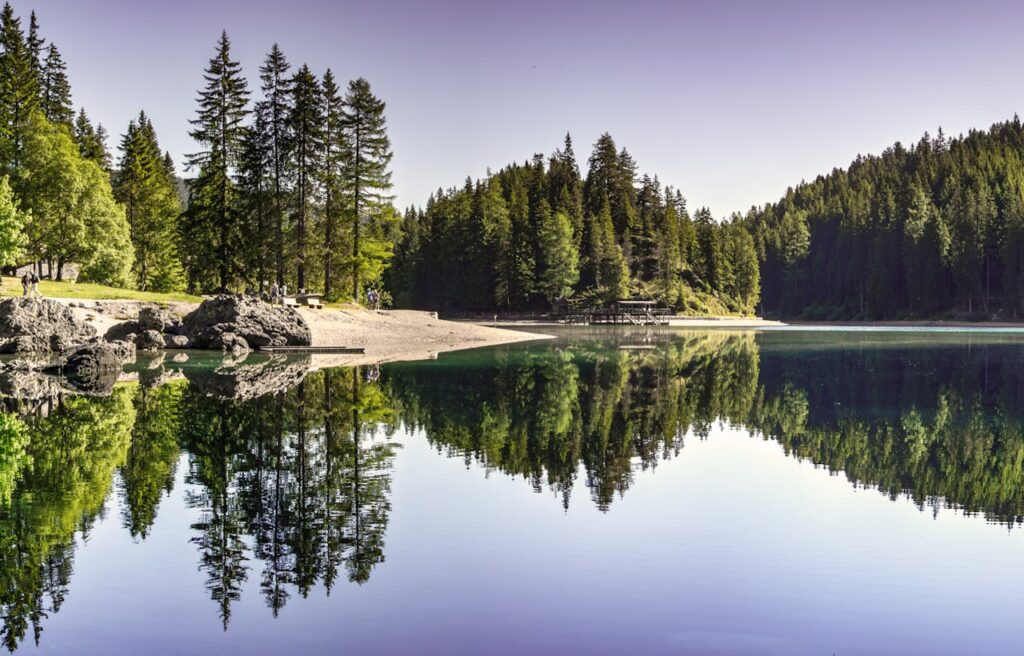
Ethical Practices
Respect for Wildlife and Habitats: Ethical nature photographers prioritize the well-being of wildlife and ecosystems. Keeping a safe distance, avoiding disturbance, and adhering to local regulations and guidelines protect natural habitats and minimize human impact on fragile environments.
Conservation Advocacy: Nature photography can serve as a powerful tool for conservation advocacy and raising awareness about environmental issues. Photographs that highlight endangered species, threatened habitats, or conservation success stories inspire action and promote stewardship of natural resources.
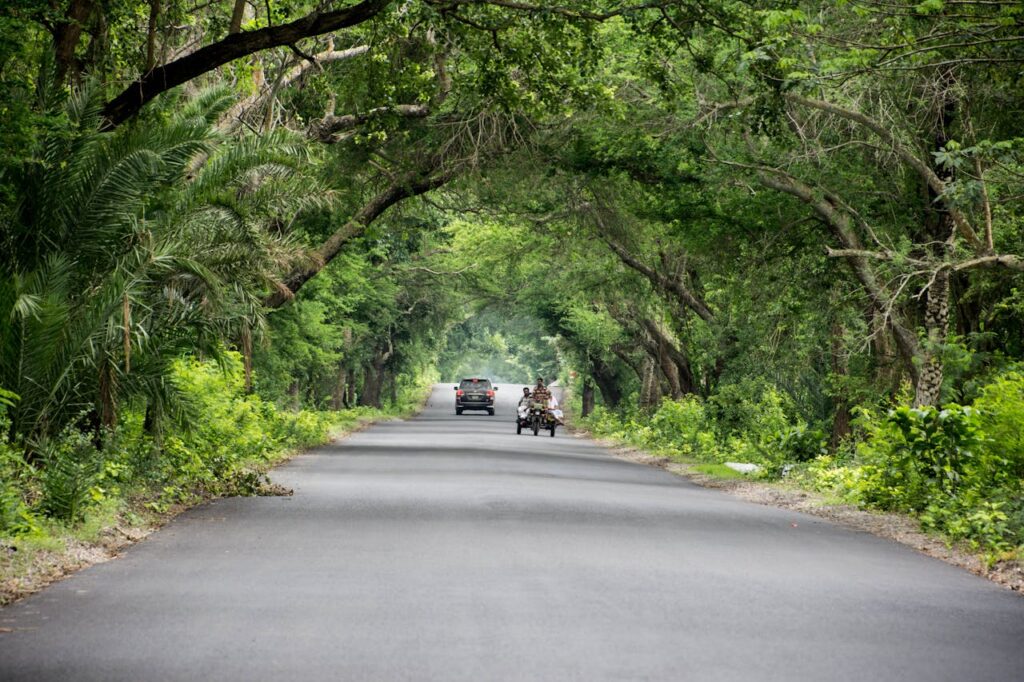
Practical Tips for Nature Photographers
Research and Planning: Preparing for a nature photography expedition involves researching locations, studying weather patterns, and understanding the behavior of wildlife or natural phenomena. Planning allows photographers to maximize opportunities and capture compelling images.
Field Techniques: Techniques such as using camouflage, practicing silent movement, and employing telephoto lenses for wildlife photography help minimize disturbance and achieve intimate portraits of animals in their natural habitats.
Post-Processing: Editing software like Adobe Lightroom or Photoshop allows photographers to enhance colors, adjust exposure, and sharpen details while maintaining the authenticity of the natural scene. Minimalist editing preserves the integrity of the photograph while enhancing its visual impact.
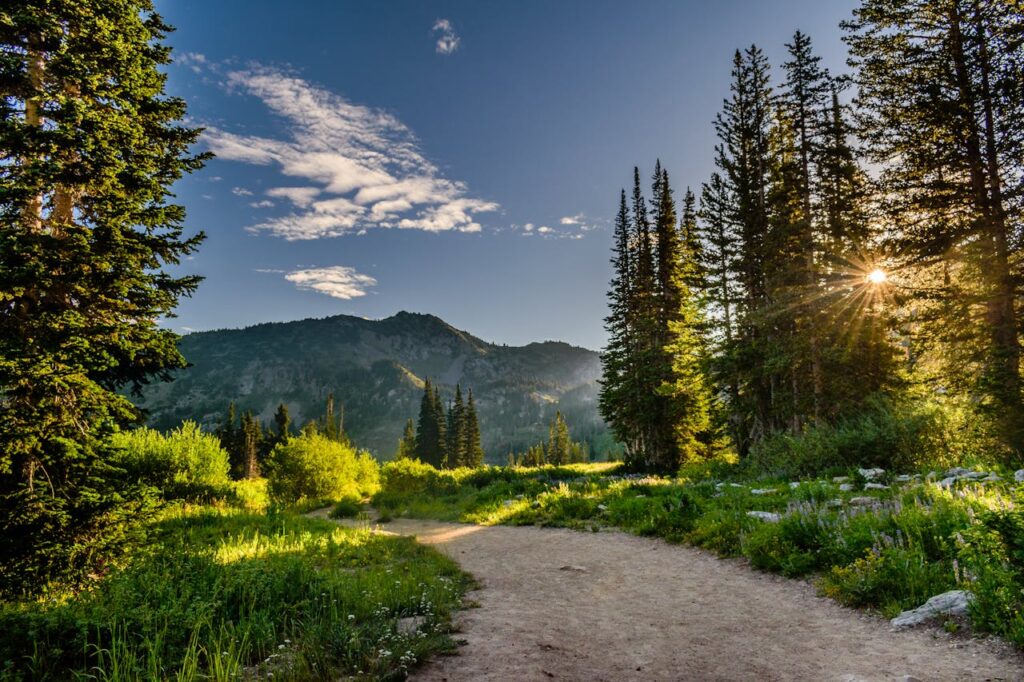
Cultural Impact and Community Engagement
Education and Inspiration: Nature photography inspires curiosity about the natural world and fosters a deeper connection to environmental conservation. Exhibitions, workshops, and online platforms provide opportunities for photographers to share their work, exchange ideas, and engage with communities passionate about nature and wildlife.
Visual Documentation and Research: Photographs serve as visual documentation of changing landscapes, biodiversity hotspots, and natural phenomena affected by climate change and human activities. Scientific research and educational initiatives benefit from high-quality images that support conservation efforts and environmental education.
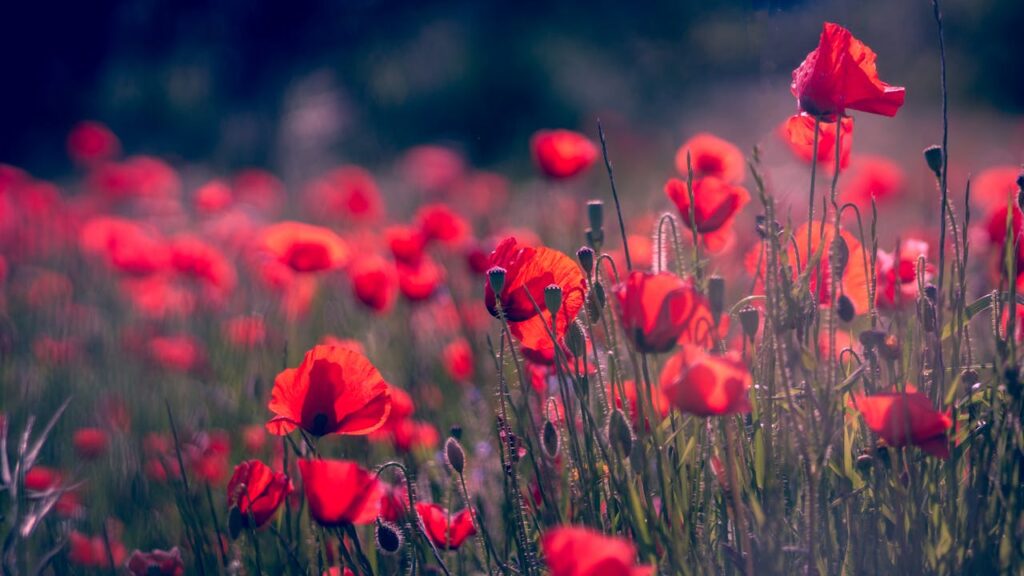
Conclusion
In conclusion, nature photography is a dynamic and enriching pursuit that allows photographers in the United States to explore, appreciate, and document the beauty of our planet’s natural landscapes and wildlife. By mastering techniques, embracing ethical practices, and fostering a sense of environmental stewardship, nature photographers contribute to a legacy of visual storytelling that inspires generations to cherish and protect Earth’s natural heritage.
From remote wilderness areas to urban green spaces, nature photography celebrates the resilience, diversity, and interconnectedness of life on our planet. As photographers continue to innovate, advocate for conservation, and share their passion for nature through compelling images, the art and impact of nature photography remain integral to our collective appreciation of the natural world and commitment to sustainable living.
